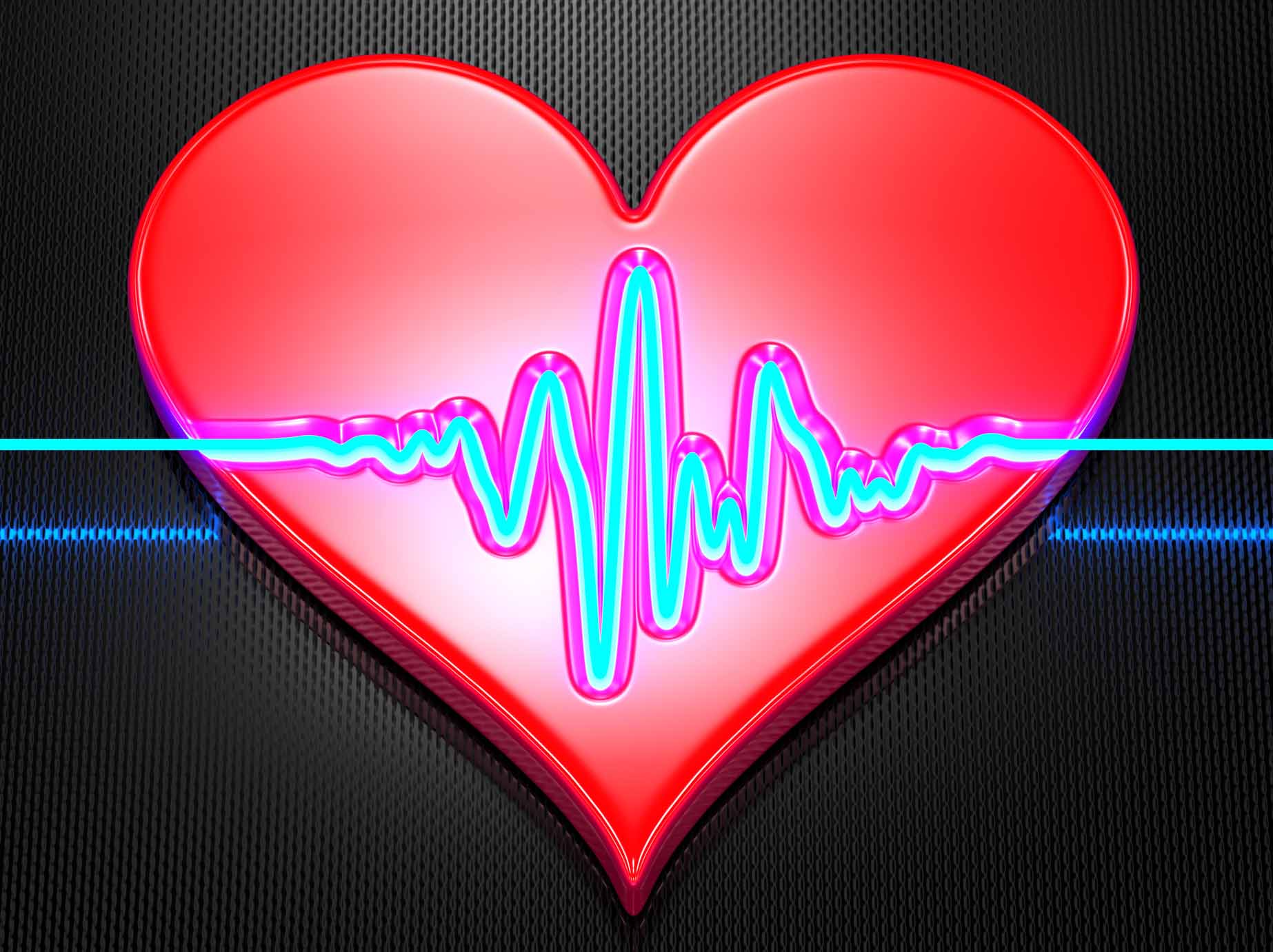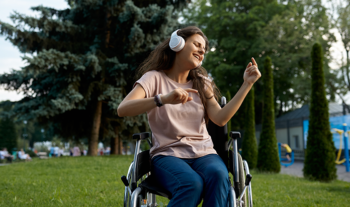Over the past 10 years, electrocardiography (ECG) has become a mainstay for heart rhythm detection for remote patient monitoring. The sensor technology and filtering capabilities of connected medical devices and wearables have become more and more sophisticated. Many now rise to the level of medical-grade devices. And, increasingly, these devices are being used in clinical practice. This article will review the features of some of the devices and platforms that have gained medical grade status and are competing to drive the advancement of digital medicine.
What’s driving the growth of the remote patient monitoring space?
More and more consumer-facing companies are crowding into the wearable ECG technology space, in part, because of the following factors:
-
- Technological advancements
- FDA approved algorithms aimed at heart rhythm identification
- Large scale clinical trials that support the efficacy of the technology
- Physician and consumer acceptance
- The COVID-19 pandemic led to restricted access to in-person medical care stimulating an explosion of remote patient monitoring (RPM) and telehealth.
As a result, this type of technology has become an increasingly important part of virtual care as well as chronic disease management.
AliveCor: A singular focus on clinical wearables for heart rhythm detection
One of the first entries into the medical-grade ECG wearable device market was AliveCor. Considered the granddaddy of remote ECG monitoring, the company obtained its first FDA approval for its single-lead device in 2012.
After several iterations of this device design, the company achieved another FDA 510(k) for their 6 lead devices, the Kardia 6L, in May 2019. In addition to using previously approved algorithms for identifying tachycardia, bradycardia, and atrial fibrillation, AliveCor just received FDA approval for an additional package of arrhythmia detection, including premature atrial and ventricular beats and wide QRS morphology.
-
Kardia 6L
The Kardia 6L has a similar appearance to the original Kardia device, with 2 electrode pads for the user’s thumbs on one side. However, there is an additional electrode on the opposite side of the plate, which can be rested on the left knee or ankle.
The resulting combination of sensors creates an electrical orientation that allows the production of 6-lead ECGs. These devices have a more sensitive identification of arrhythmias beyond just atrial fibrillation.
The device is Bluetooth connected to the user’s mobile device. The data recorded can be transmitted to the user’s physician for interpretation once the device is registered with the physician’s KardiaPro portal account.
-
QTc capability
An additional service for QTc calculation was added in April 2020. This was a timely addition, given the concerns for widespread and unmonitored use of QT-prolonging drugs, such as hydroxychloroquine, during the pandemic.[1]
Data sent to the physician viewing portal can be shared with an external independent testing lab to calculate this metric within 60 minutes. While this is likely not a necessity for cardiology groups with sufficient resources, primary care groups, or other specialties providing care for monitored patients may find this convenient.
The service was intended to be limited to the COVID-19 pandemic, but there are certainly many non-COVID-related clinical indications for monitoring QTc remotely, such as some heart rhythm drugs as well as certain antidepressants and antipsychotics. If the service proves efficient and cost-effective, it may become a valuable tool in virtual care.
-
Cost
The Kardia 6L likely the least expensive of the options for consumers interested in tracking their own ECG. The KardiaMobile 6L is available over the counter for $149. The original Kardia Mobile is $84.
Apple Watch: ECG capability Series 4 and beyond
Apple had its eye on an ECG function for its smartwatch for years. This started with a partnership with AliveCor to embed the KardiaBand into the watch. Eventually, however, Apple decided to build and implement their own proprietary platform.
-
The Apple Heart Study
The initial Apple Watch Series included only a pulse sensor to measure heart rate. This led to the now well known Apple Heart Study. It was impressive not only for its size but also for its results.
Only about 0.5% of the over 400,000 participants received an irregular heart rate notification. However, 84% of those who received this notification were found to be in atrial fibrillation with additional testing [2].
This was clinically important because atrial fibrillation can be a risk factor for stroke. Further, the risk can be greatly reduced with the appropriate medication.
-
FDA approved with limitations
Version 4 of the watch was the first of the series to embed ECG sensors. The FDA approved its single lead ECG as a 501(k) de novo for its hardware design as well as for its algorithm for detection of cardiac signals, including the recognition of atrial fibrillation.
However, the FDA did place limitations on its approval stating that the atrial fibrillation detection algorithm was at best an adjunct to traditional diagnostic methods.
-
Data transfer
The Apple ECG software allows for the transmission of data to a physician in PDF form. The Apple Health app can also import ECG data.
However, ECG data still has to be manually sent to be integrated into a hospital’s or practice’s electronic health record, e.g., a PDF file of the ECG tracing needs to be shared via the MyChart messaging portal to be integrated into Epic [3]. How this evolves may depend on the sustainability of the personal health record platform and other strategic decisions to develop an integrated, enterprise-level health database.
-
Cost
The cost of an ECG-enable Apple Watch depends on whether you buy a Series 6 ($379), 5 ($319), or 4 ($199). And also on what additional features you want to add (e.g., cellular capability). Remember, although these prices are higher than other ECG monitoring devices, you are actually getting a whole suite of apps and features. Plus you get a gorgeous watch!
Fitbit takes the medical-grade route
Fitbit, which has been the leader in the market for consumer fitness tracking, saw an opening in the ECG monitoring arena. The Fitbit Sense smartwatch has now entered the market with an FDA 510(k) clearance and CE Mark for their ECG recording software. This includes approval for detection of atrial fibrillation as of September 2020.
It also features other measurements such as skin temperature, oxygen saturation, and “electrodermal activity”. The latter supposedly is a surrogate measure for stress levels.
The Fitbit Sense submitted data from 472 study subjects enrolled as part of a multicenter clinical trial to determine the accuracy of detecting atrial fibrillation. The device achieved a 98.7% sensitivity for detecting the arrhythmia.
Like the Apple Watch, recording an ECG is fairly simple You simply place your thumb and forefinger on opposite corners of the device.
However, the mechanism for transmitting rhythm data to a physician or healthcare provider is not yet clear, even though the watch has access to several messaging apps.
While there is a premium service available for a comprehensive Health Metrics Dashboard, at this time we know very little about how this transforms into actionable diagnostics for the user.
Further, in the context of COVID-19, the pulse oximetry function carries a disclaimer that it is not intended to diagnose any medical condition. Therefore it should be used with caution.
The Fitbit Sense is pricey with a typical retail price of $329.
Eko Health: Pairing ECG Analysis and Telehealth
Eko Health started its diagnostic path by developing an enhanced digital stethoscope that had noise cancellation software to better define heart sounds. The company quickly developed the next iteration of their hardware, the Eko DUO, which when placed over the chest, records heart sounds simultaneously with a single lead ECG.
The ECG software received FDA approval for algorithms to detect sinus rhythm, tachycardia, bradycardia, and atrial fibrillation on January 15, 2020. Their devices and platform also carry a CE mark.
Clinical studies were able to establish a 99% sensitivity for the detection of atrial fibrillation. It also has an 87% sensitivity and specificity for murmur detection [5]. Eko makes a point on their website that this statistic is superior to the accuracy of general practitioner examinations. To be clear, the FDA approval does not include any claims for identification of specific heart murmur types, this is left for the clinician to evaluate.
The access to these ECG interpretation services comes with a price; the platform is available starting at $50 per license per month. The $200 per license per month package comes with its own proprietary, HIPAA compliant telehealth platform. However, this presents obstacles for practices that have already adopted broadly applicable telehealth platforms.
Eko has an intriguing technology, but many of the more intriguing aspects of the technology are tied to a telehealth service, which physicians may not need or want.
WIWE: An international option for heart rhythm detection
An interesting entry into this market of medical-grade ECG monitoring is WIWE (pronounced “Vive”). The product is made by Santametal which is based in Budapest, Hungary.
Their ECG device, carrying a somewhat hefty price tag of 289 euros, comes in the form of a card that can easily fit in a wallet or a pocket. It records a single-lead ECG. The device is chargeable and comes with its own charging cable using a micro-A USB connection.
The card contains the 2 electrodes required to record the ECG as well as a simultaneous pulse oximetry measurement. Other reviews claim that 1 battery charge will support up to 135 ECG recordings.
Related Content: How to Mitigate the Risks of Remote Patient Monitoring
This overcomes one of the big obstacles that has plagued wearables in the past.
The standard duration of measurement on the WIWE device is 60 seconds. The progress of the recording is tracked by a gradually illuminated “W” in between the electrodes. As with other devices, it pairs via Bluetooth with an iOS or Android system for recording storage and transmission.
WIWE documents a 98.7% accuracy rate of its arrhythmia detection algorithm against 10,000 rhythm samples. In addition, the app performs the more sophisticated measurements of QRS and QTc. These measurements may be of significant interest to a cardiologist tracking medication effect or the success of a procedure.
WIWE’s website also features links to full manuscripts of all the trials documenting the clinical accuracy of the product. This is terrific for any clinician interested in recommending this kind of product to a patient.
The product and its arrhythmia detection capabilities have earned a CE Mark, but it is not yet FDA approved. While WIWE does not have links into a backend portal yet, there are talks by Santametal and Harvard University to connect WIWE data within a cloud system for more proactive remote monitoring. This may lead to broader use and research within the U.S.
Conclusion: New tech progress in remote patient monitoring but some old systemic obstacles
ECG using photoplethysmography is one area of digital medicine that has progressed to bring true clinical value for the user (consumer or patient) as well as their medical care team.
None of these companies claim that their devices are replacements for a 12-lead ECG, but the technology has advanced to such a level that earlier diagnosis of rhythms like atrial fibrillation is a reasonable prospect.
In addition, the potential for ongoing follow-up of a confirmed diagnosis is also quite a clear advantage [3, 4]. While other cardiac monitoring devices like the Zio Patch and the Cardea SOLO also have sleek form factors, a physician order is needed to use these, and their duration is limited to about 14 days. A need for more chronic monitoring allows these over-the-counter technologies a larger role in patient care.
There are still some technological, financial, and clinical barriers that prevent the full utilization of these devices in a medical setting, whether in primary care or cardiology. Despite increasing competition and decreasing hardware costs, most of these wearables are not affordable for most individuals who could benefit from these monitoring services.
From a clinical data perspective, monitoring technologies have not yet been shown to improve overall clinical outcomes. However, more comprehensive studies are in the pipeline, including the HEARTLINE trial [6]. This study will be randomizing participants 65 years or older with and without a confirmed diagnosis of atrial fibrillation into either a wearable monitoring vs. standard care arm.
Not only will the trial determine the rate of confirmed atrial fibrillation episodes, but it will also evaluate the rate of all cardiac events in the two study arms, including cardiovascular mortality. With compelling data at hand, this will force the question of physician adoption rates, payer reimbursement for hardware and services, and electronic health record integration.
References:
- Mercuro N, Yen C, Shim D, et al. Risk of QT Interval Prolongation Associated With Use of Hydroxychloroquine With or Without Concomitant Azithromycin Among Hospitalized Patients Testing Positive for Coronavirus Disease 2019 (COVID-19) JAMA Cardiol. 2020;5(9):1036-1041. doi:10.1001/jamacardio.2020.1834,https://jamanetwork.com/journals/jamacardiology/fullarticle/2765631
- Turakhia MP, Desai M, Hedlin H, Rajmane A, Talati N, Ferris T, Desai S, Nag D, Patel M, Kowey P, Rumsfeld JS, Russo AM, Hills MT, Granger CB, Mahaffey KW, Perez MV. Rationale and design of a large-scale, app-based study to identify cardiac arrhythmias using a smartwatch: The Apple Heart Study. Am Heart J. 2019 Jan; 207:66-75.
- https://www.beckershospitalreview.com/cardiology/fda-clears-apple-watch-ecg-for-remote-patient-visits-during-pandemic-5-things-to-know.html#:~:text=To%20integrate%20with%20the%20Epic,appear%20in%20the%20Epic%20chart.&text=Information%20gathered%20on%20the%20Apple,the%20users%20can%20share%20data.
- William AD, Kanbour M, Callahan T, Bhargava M, Varma N, Rickard J, Saliba W, Wolski K, Hussein A, Lindsay BD, Wazni OM, Tarakji KG. Assessing the accuracy of an automated atrial fibrillation detection algorithm using smartphone technology: The iREAD Study. Heart Rhythm. 2018 Oct;15(10):1561-1565.
- Tarakji KG, Wazni OM, Callahan T, Kanj M, Hakim AH, Wolski K, Wilkoff BL, Saliba W, Lindsay BD. Using a novel wireless system for monitoring patients after the atrial fibrillation ablation procedure: the iTransmit study. Heart Rhythm. 2015 Mar;12(3):554-559.
- Behere, S., Baffa, J.M., Penfil, S. et al. c
- https://cardiologynownews.org/heartline-a-180000-patient-strong-pragmatic-real-world-trial-assess-the-prowess-of-apple-technology-in-afib-diagnosis-and-improvement-of-hard-outcomes/
Financial disclosure: Dr. Niksch has an equity stake in Alive Cor, but Dr. Salber does not.
Alisa Niksch, MD
Alisa Niksch, MD is a graduate of The University of Virginia School of Medicine and completed her cardiology and electrophysiology fellowship training at Morgan Stanley Children’s Hospital at Columbia University Medical Center and Stanford/UCSF Medical Centers, respectively.
She is a pediatric cardiologist and electrophysiologist with experience in the digital health, medical device, and remote patient monitoring fields since starting practice at Tufts Medical Center in 2010.
Dr. Niksch was Chief Medical Officer of Genetesis, Inc., a company that created a novel cloud-connected and AI-powered cardiac diagnostics and imaging platform. She has been an advisor and researcher for multiple healthcare startup companies like AliveCor, Cohere Health, PraxSim VR, Medaica, Zephyr Technologies, and Sproutling. She continues to be a startup mentor with programs at Northeastern University and MassChallenge HealthTech.
She has authored articles in peer-reviewed journals on digital health and wearable technologies. She has spoken on the applications of AI in medicine and the role of wearables in clinical practice.










Comment will held for moderation